5 Essential Tips for Choosing Silver Conductive Fabric for Your Project
Table of Contents
- Understanding the Conductivity and Composition of Silver Fabric for Optimal Performance
- Evaluating Fabric Weight and Flexibility: Impact on Project Usability and Durability
- Exploring Different Weave Patterns: Their Effect on Electrical Conductivity
- Assessing Cost vs. Quality: Making Informed Choices for Long-Term Projects
- Sourcing Reliable Suppliers: Checking Certifications and Industry Standards
- FAQS
- Conclusion
- Related Posts
In today's rapidly evolving technological landscape, the demand for high-performance materials has never been greater, particularly in sectors such as electronics, wearables, and EMI shielding. Silver Conductive Fabric stands out as a versatile solution, combining excellent electrical conductivity with the unique features of textiles.
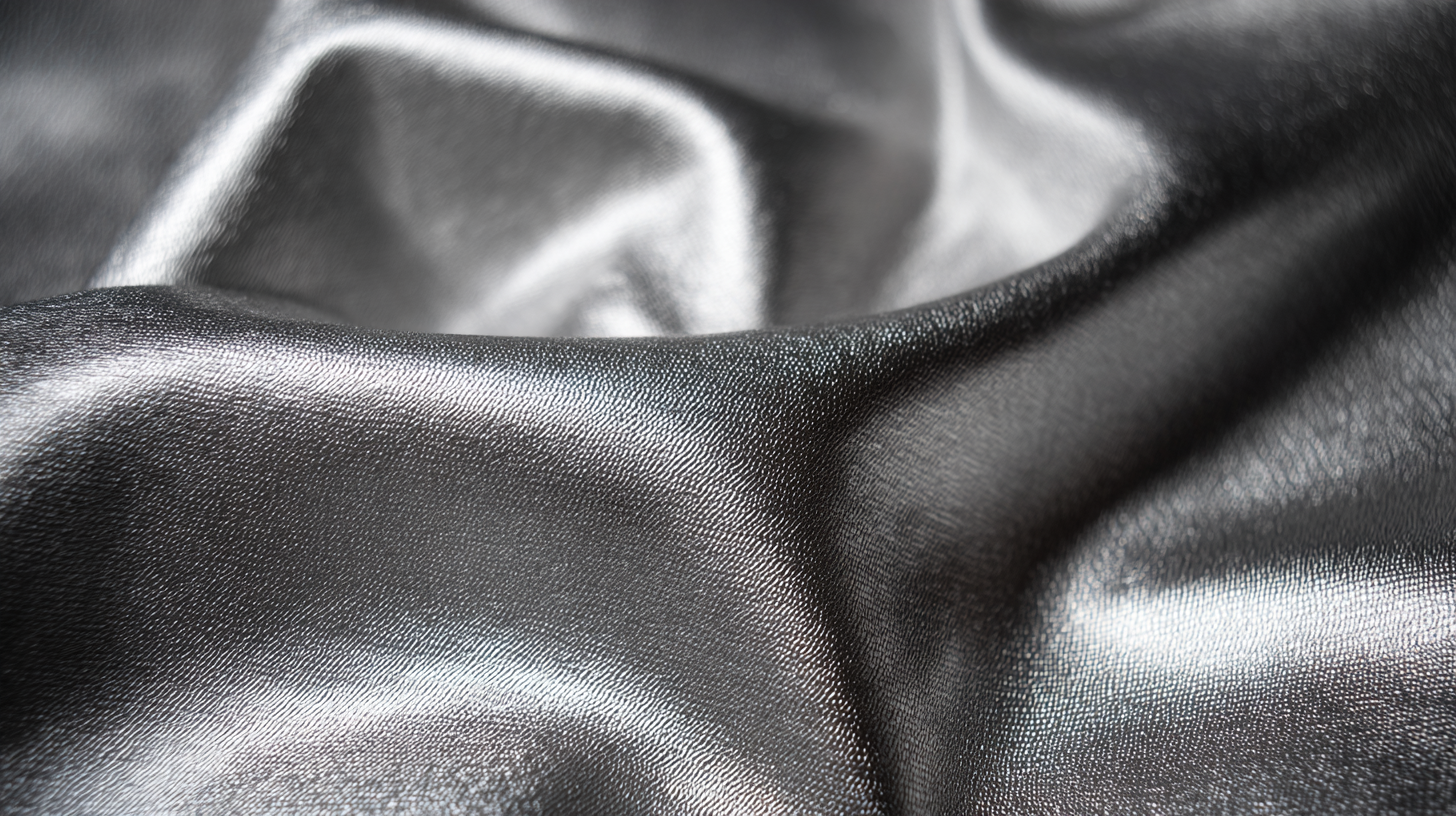
At Shijiazhuang Shielday Technology Co., Ltd., we specialize in advanced manufacturing of EMI shielding textiles and conductive wires, offering a comprehensive portfolio of products tailored to meet the diverse needs of our clients. By understanding the critical aspects of selecting Silver Conductive Fabric for your project, you can ensure optimal performance and durability.
This blog will outline five essential tips to guide you in making the right choice, leveraging our expertise in specialty EMI shielding and smart textiles to help you achieve your project goals efficiently.
Understanding the Conductivity and Composition of Silver Fabric for Optimal Performance
When selecting silver conductive fabric for your project, understanding the conductivity and composition is crucial for achieving optimal performance. Silver is renowned for its exceptional electrical conductivity, with a conductivity value of approximately 63 × 10^6 S/m. This high level of conductivity allows for efficient signal transmission, making it a preferred material in applications ranging from wearable technology to smart textiles. However, the specific composition of silver fabric, including the blend of fibers and the percentage of silver coating, significantly influences its performance. Research indicates that fabrics with a higher silver content yield better conductivity but may also increase weight and flexibility concerns.
Moreover, the weave and texture of the fabric can impact conductivity. Fabrics utilizing finer silver fibers exhibit improved flexibility and drape, enhancing comfort without compromising performance. According to a report by the International Journal of Advanced Manufacturing Technology, the tensile strength and durability of silver conductive fabrics can vary greatly based on their composition; some formulations maintain their conductivity even after multiple wash cycles, making them suitable for long-term wearable applications. Understanding these factors ensures that you select a silver conductive fabric that not only meets your connectivity needs but also aligns with the practical requirements of your project.
Comparison of Conductivity in Different Silver Conductive Fabrics
This chart illustrates the conductivity levels of various silver conductive fabrics, measured in Siemens per meter (S/m). Selecting the right fabric for your project is crucial for ensuring optimal performance based on these conductivity levels.
Evaluating Fabric Weight and Flexibility: Impact on Project Usability and Durability
When selecting silver conductive fabric for your project, evaluating fabric weight and flexibility is crucial for ensuring both usability and durability. The weight of the fabric can significantly influence its performance characteristics. Lighter materials are generally more flexible, making them ideal for applications where movement is essential, such as wearable technology or flexible circuitry. However, this flexibility may come at the cost of durability. Thinner fabrics can wear down more quickly, leading to potential issues in long-term usage.
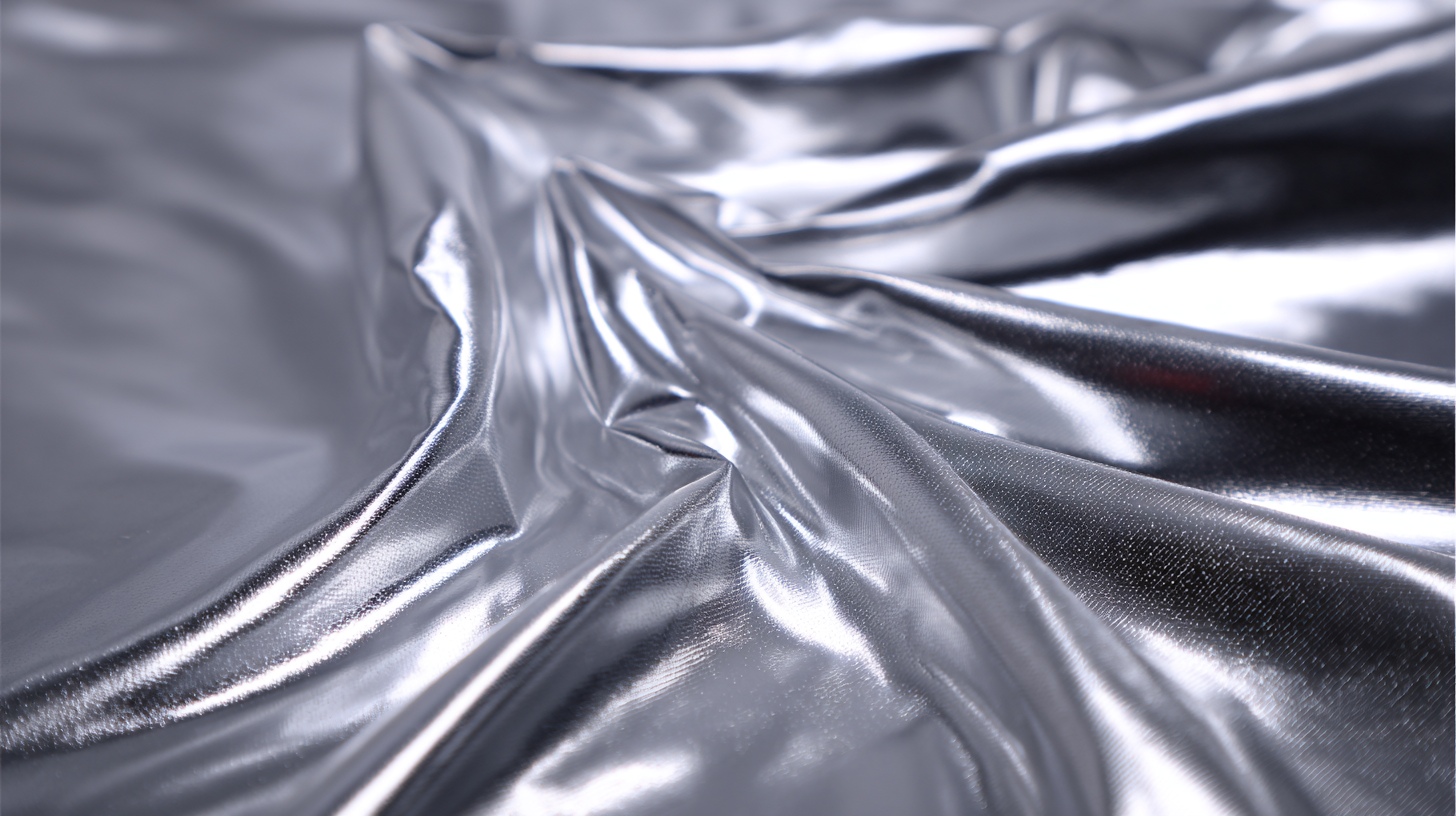
On the other hand, heavier fabrics often provide enhanced durability and robustness, which can be beneficial for applications requiring stability, such as in home automation or industrial environments. However, the trade-off is that these fabrics may lack the flexibility needed for certain designs. Therefore, it’s essential to assess the specific requirements of your project.
Consider the intended use of the conductive fabric, as well as how wear and tear over time may affect its performance. Balancing weight and flexibility will ultimately guide you in choosing the right silver conductive fabric that meets your project’s needs while ensuring longevity and efficiency.
Exploring Different Weave Patterns: Their Effect on Electrical Conductivity
When selecting silver conductive fabric for your project, understanding the impact of different weave patterns on electrical conductivity is crucial. Various weave patterns such as plain, twill, and satin can significantly affect both the fabric's flexibility and its electrical performance. For instance, plain weave, characterized by its simple over-and-under structure, typically offers greater durability and a more uniform conductivity across the surface, making it a reliable choice for applications requiring consistent performance.
On the other hand, more intricate weave patterns like twill and satin may provide unique benefits. The twill weave, with its diagonal lines, can enhance flexibility and drape, catering to projects that demand a softer and more adaptable fabric. However, this pattern may introduce slight variations in conductivity, which requires careful consideration based on the project needs. Satin weave, known for its smooth surface and aesthetic appeal, can be effective in certain designs but often sacrifices some durability and consistency in conductivity. Ultimately, the choice of weave should align with the specific requirements of your project, balancing conductivity with the desired aesthetic and functional characteristics.
5 Essential Tips for Choosing Silver Conductive Fabric for Your Project - Exploring Different Weave Patterns: Their Effect on Electrical Conductivity
| Weave Pattern | Conductivity (S/m) | Flexibility | Applications |
|---|---|---|---|
| Plain Weave | 300 | Medium | Wearable Tech, Sensors |
| Twill Weave | 500 | High | Smart Fabrics, Electronics |
| Satin Weave | 450 | Low | Luxury Apparel, Crafts |
| Jacquard Weave | 600 | Medium | Artistic Designs, High-Tech Textiles |
| Leno Weave | 400 | High | Industrial Applications, Safety Clothing |
Assessing Cost vs. Quality: Making Informed Choices for Long-Term Projects
When embarking on projects that require silver conductive fabric, understanding the balance between cost and quality is crucial for long-term success. While it may be tempting to opt for the cheapest option available, it's essential to consider how the material's performance will affect your project outcomes. Cheaper fabrics may save money upfront, but they often compromise durability and conductivity, leading to potential failures and increased costs over time. Carefully evaluating the specifications and sourcing practices of the fabric can prevent unforeseen expenses in the future.
Investing in high-quality silver conductive fabric can enhance the reliability and efficiency of your projects. Quality materials usually boast superior conductivity, longer lifespan, and better flexibility, making them suitable for various applications, from wearables to electronic textiles. By taking the time to assess the long-term benefits of higher-quality options, you can make informed decisions that align with your project goals and ensure a successful result. Prioritize sourcing materials from reputable suppliers who provide detailed product information to support your commitment to quality without exceeding your budget constraints.
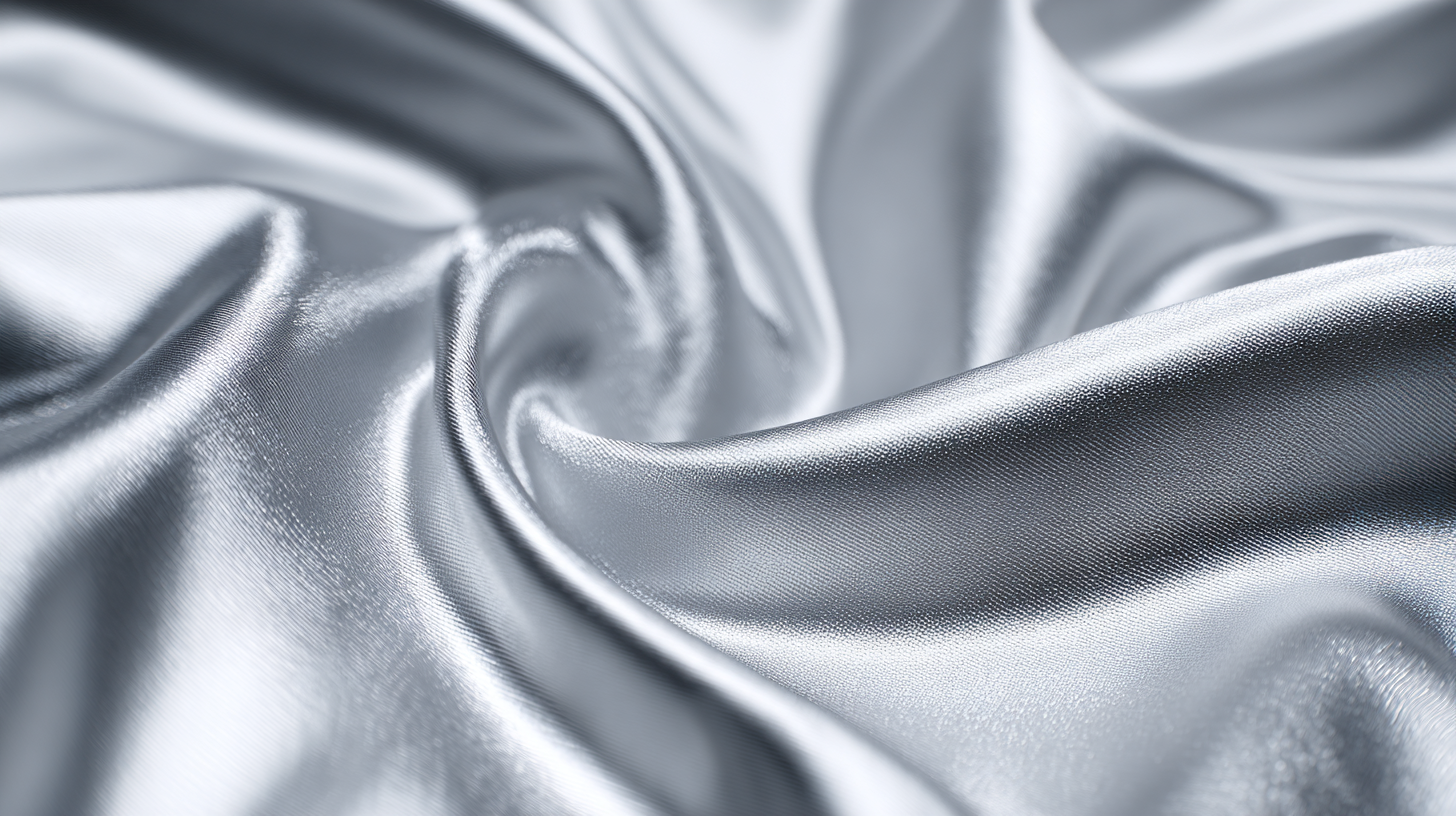
Sourcing Reliable Suppliers: Checking Certifications and Industry Standards
When it comes to sourcing silver conductive fabric, verifying the reliability of suppliers is crucial for the success of any project. Certifications and adherence to industry standards can serve as reliable indicators for assessing supplier credibility.
According to a report by the International Electrotechnical Commission, materials used in electronic applications must comply with specific standards to ensure safety and performance. For example, fabrics meeting ISO/IEC 17025 standards demonstrate reliable testing results, which is essential for projects that demand precision and safety.
Additionally, it's important to look for suppliers who have certifications such as RoHS (Restriction of Hazardous Substances) and REACH (Registration, Evaluation, Authorisation and Restriction of Chemicals). These certifications not only ensure the fabric is free from harmful substances but also signify that the supplier is committed to sustainability and environmental standards.
As highlighted in a recent market research report by Technavio, the conductive fabric market is projected to grow significantly, reaching a valuation of over $600 million by 2025, indicating the increasing demand for high-quality materials. Thus, selecting certified suppliers can ultimately contribute to the longevity and efficacy of your project.
FAQS
: Silver fabric has an exceptional conductivity value of approximately 63 × 10^6 S/m.
Fabrics with a higher silver content yield better conductivity, but may increase weight and flexibility concerns.
The weave and texture can impact conductivity; finer silver fibers generally improve flexibility and drape, enhancing comfort without compromising performance.
Yes, some formulations of silver conductive fabrics maintain their conductivity even after multiple wash cycles.
Fabric weight influences performance characteristics; lighter materials are more flexible, ideal for applications requiring movement, while heavier fabrics provide enhanced durability.
Increased flexibility may benefit applications like wearable technology, but thinner fabrics may wear down more quickly, affecting long-term durability.
Consider the intended use, balance weight and flexibility, and assess how wear and tear over time may affect the fabric's performance.
Heavier fabrics are beneficial for applications requiring stability, such as home automation or industrial environments.
Yes, lighter fabrics are more flexible but can wear down more quickly, leading to potential issues in long-term usage.
Selecting the appropriate fabric ensures it meets connectivity needs while aligning with practical requirements like usability and longevity.
Conclusion
Choosing the right Silver Conductive Fabric for your project is crucial for achieving optimal performance and durability. First, it's essential to understand the conductivity and composition of the fabric, as these factors directly influence its effectiveness. Evaluating fabric weight and flexibility is also important, as they affect usability and long-term performance in various applications. Different weave patterns can significantly impact electrical conductivity, so exploring these options will help you make the best choice for your specific needs.
Furthermore, balancing cost and quality is vital for long-term satisfaction with your materials. It's advisable to research and source reliable suppliers by checking their certifications and industry standards. At Shijiazhuang Shielday Technology Co., Ltd., we specialize in high-performance EMI shielding textiles and conductive materials, ensuring you have access to quality Silver Conductive Fabric tailored to your project's requirements.
Related Posts
-
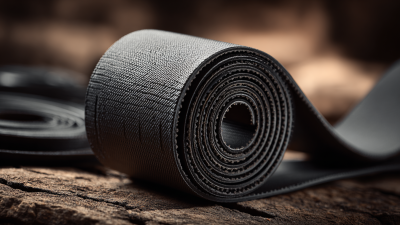
High Temp Resistant Belt: A Comparative Guide to Performance and Applications
-

How to Navigate Import and Export Certifications for Best Conductive Tape
-
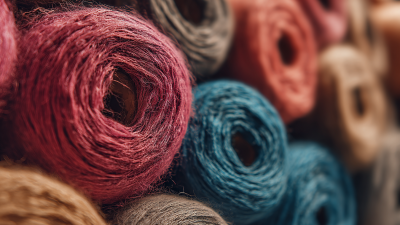
Exploring Innovative Applications of Yarn Spuns Pbo Fiber in Modern Textiles
-

2025 Industry Trends in Firefighting Apparel: How to Choose the Best FR Clothing for Safety
-
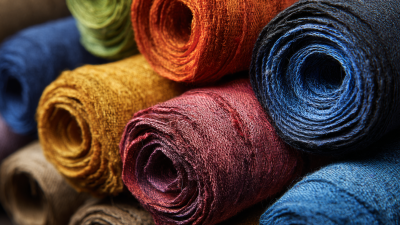
Exploring Sustainable Alternatives to Lanzing Fire Resistant Viscose for Eco Friendly Textiles
-
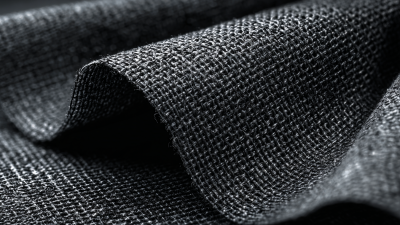
10 Industry Standards for Best Fire Resistant Fabric and 7 Reasons to Choose Them

